Tesla has launched the Model Y Standard and Model 3 Standard, two new entry-level variants created to boost sales following the brand's worst period to date.
Launched in the US – with other markets, such as the UK, understood to follow soon – the Y Standard is priced at $39,990, $5000 cheaper than the rest of the range, and the 3 Standard is $36,990, $5500 cheaper.
The pair are claimed to be the most efficient Tesla models yet, each offering up to 321 miles on the US’s strict EPA testing cycle, which translates to around 360 miles on Europe’s WLTP test.
Tesla doesn't give exact battery capacities but the Standard is likely to use the same 60kWh pack as the Rear-Wheel Drive models sold in the UK and mainland Europe, which have WLTP ranges of 311 miles (Model Y) and 323 miles (Model 3).
The increase in range has been achieved by a “distinctive” new design, said Tesla. As well as marking out the Standard from the rest of the Model Y and Model 3 ranges, the bodywork changes make it more slippery, according to the company.
In an effort to cut costs, the Standard models have a more stripped-back feel inside. Faux leather is replaced by part-cloth seating and the full-length centre console is essentially cut in half to create a similar open area to that found in the Cybertruck.
No physical key is offered. Instead, owners access the car via their smartphones.
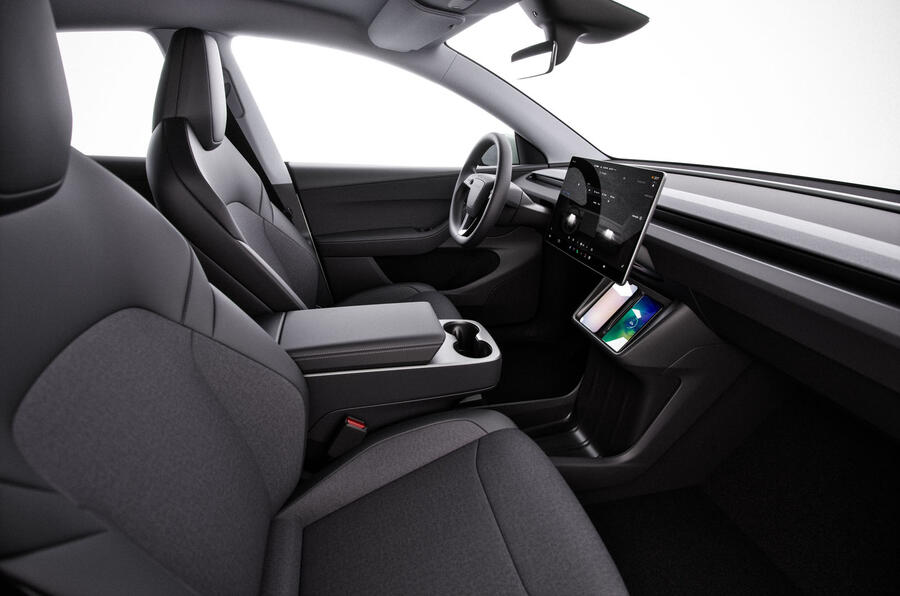
Tech-wise, the Standard models are similar to the rest of the Model Y and Model 3 ranges. They get the same 15.4in central touchscreen (which continues to control all of the car’s main features), remote climate control capabilities, Sentry Mode and Dog Mode.
Tesla’s variable cruise control system, Autopilot, is also fitted. In the US, the Standard models can also be optioned with Tesla’s Full Self-Driving system.
Autocar understands that Tesla plans to launch the Standard models in other regions, including the UK and mainland Europe, given the company's need to turn around its sales slump in key markets such as China, previously one of its most significant.
The Standard models will initially be built in the US. Other markets don't get US-built Teslas, so for the car to be sold in Europe, production would need to be expanded to either Berlin, Germany, or Shanghai, China. Both factories already build both the Model Y and Model 3. Shanghai is unlikely, given the import tax levied on Chinese-made EVs by the EU.
In Europe they will likely replace the current entry-level Rear-Wheel Drive models, given they occupy similar positions. This would also bring parity between the US and other global markets given the Standard is the only non-Long Range variant sold there.
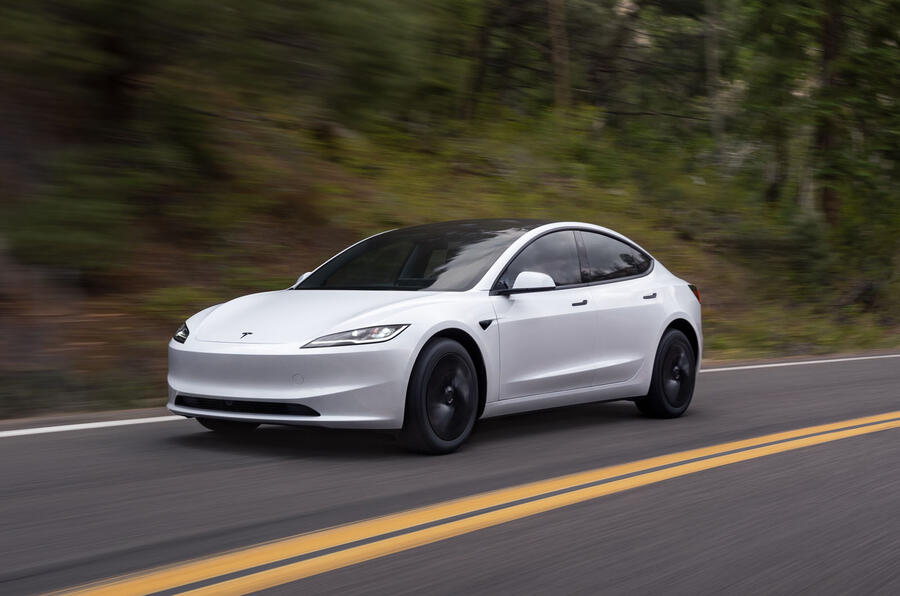
The importance of the Standard models cannot be overstated: Tesla boss Elon Musk previously said the new cars were created in a bid to broaden the brand’s appeal.
This year has been difficult for Tesla. Despite introducing an updated version of the Model Y, it has struggled in China and its sales have dropped globally.
Tesla hopes the Standard will especially help to incentivise sales in the US, where president Donald Trump's rollback of emissions mandates has included axing the $7500 government EV grant, and interest in EVs has dipped as a result.
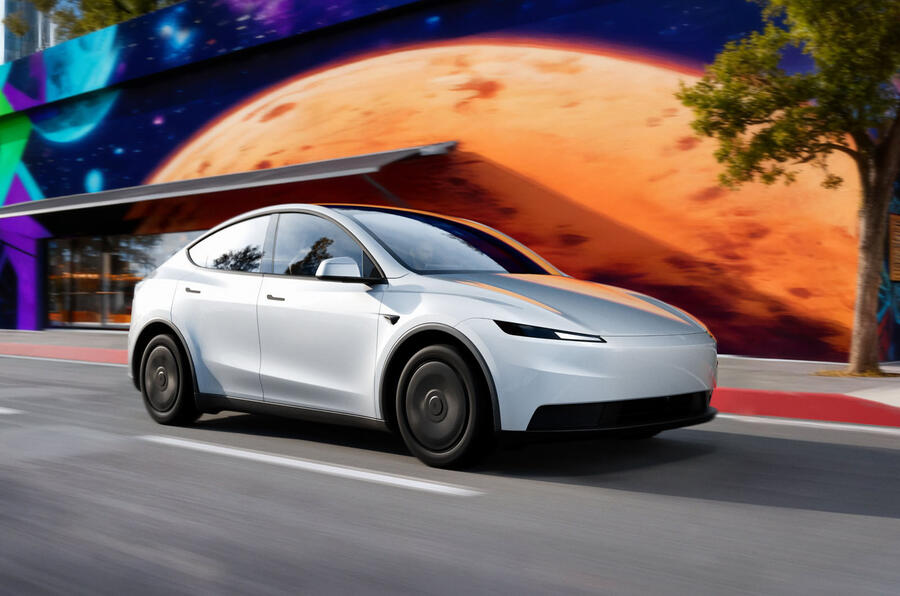
Ongoing fluctuation in the global EV market, a reduction in Tesla's average model selling price, a rise in the cost of living and a general downturn in Tesla EVs' popularity also contributed to the firm recording a 13% decline in sales globally between April and July.
Tesla experienced a 12% dip in revenue to $22.5 billion in the quarter, prompting Musk to warn that this could become one of its most challenging periods. He said in July that Tesla “probably could have a few rough quarters”.
Tesla also blamed the difficulties on higher manufacturing costs and a reduction in sales of regulatory EV credits to other car makers, which it said contributed to a $154 million revenue drop in the second quarter.
Tesla’s third-quarter earnings will be announced on 22 October. The firm hopes to report a slight improvement in its financials compared with the second quarter, given deliveries were up by 115,000 cars globally, driven by a ramp-up in order fulfillments of the updated Model Y. Production, however, was up by only 37,000 cars.

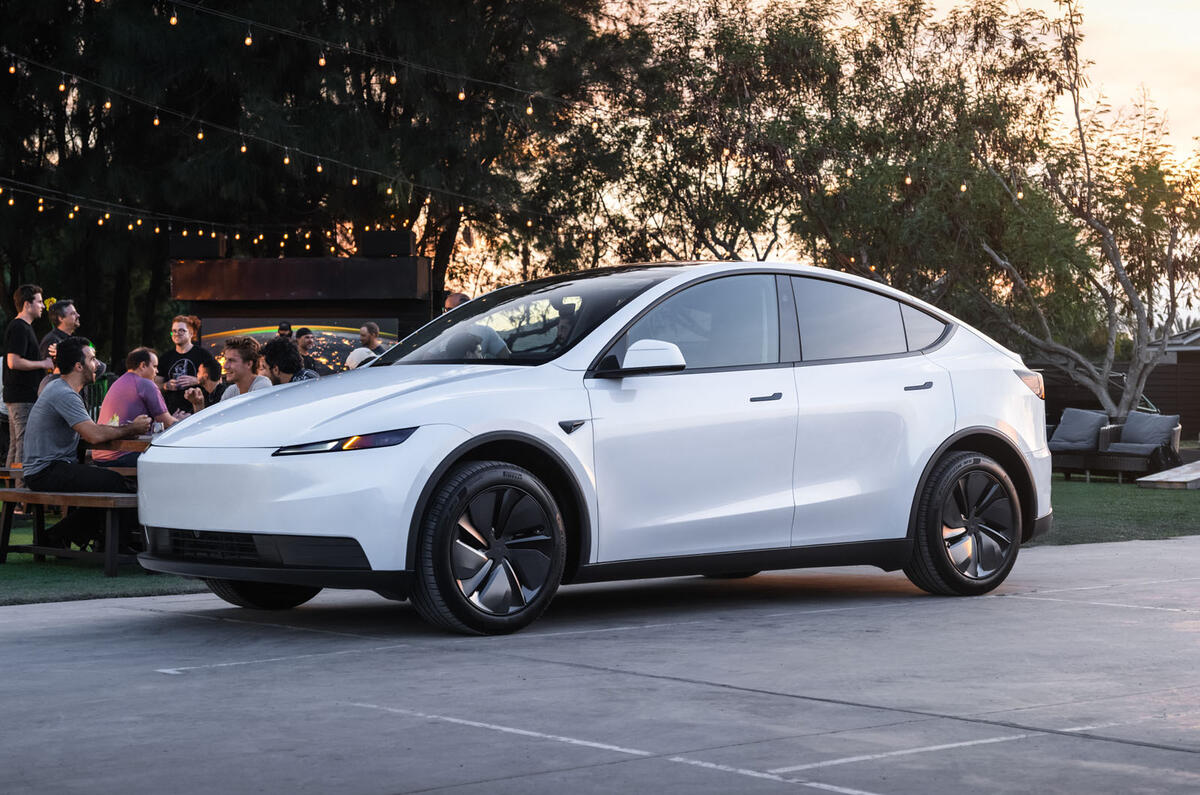
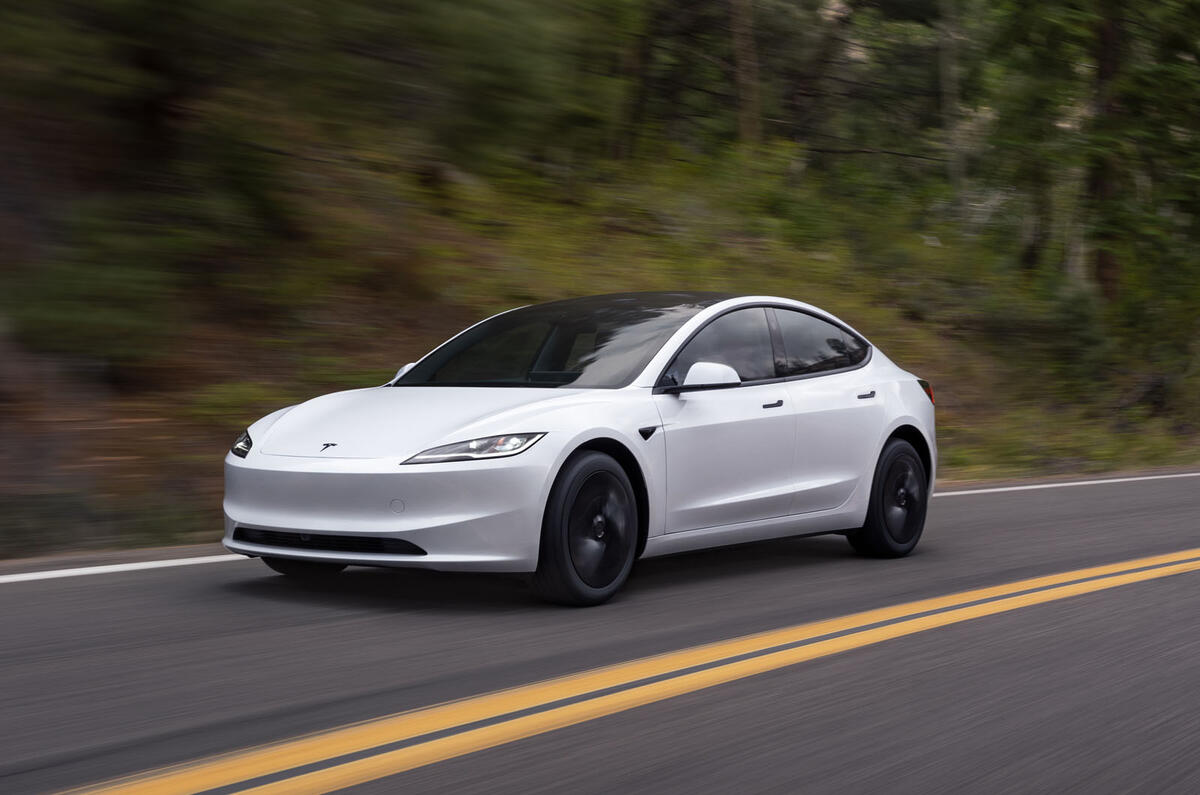
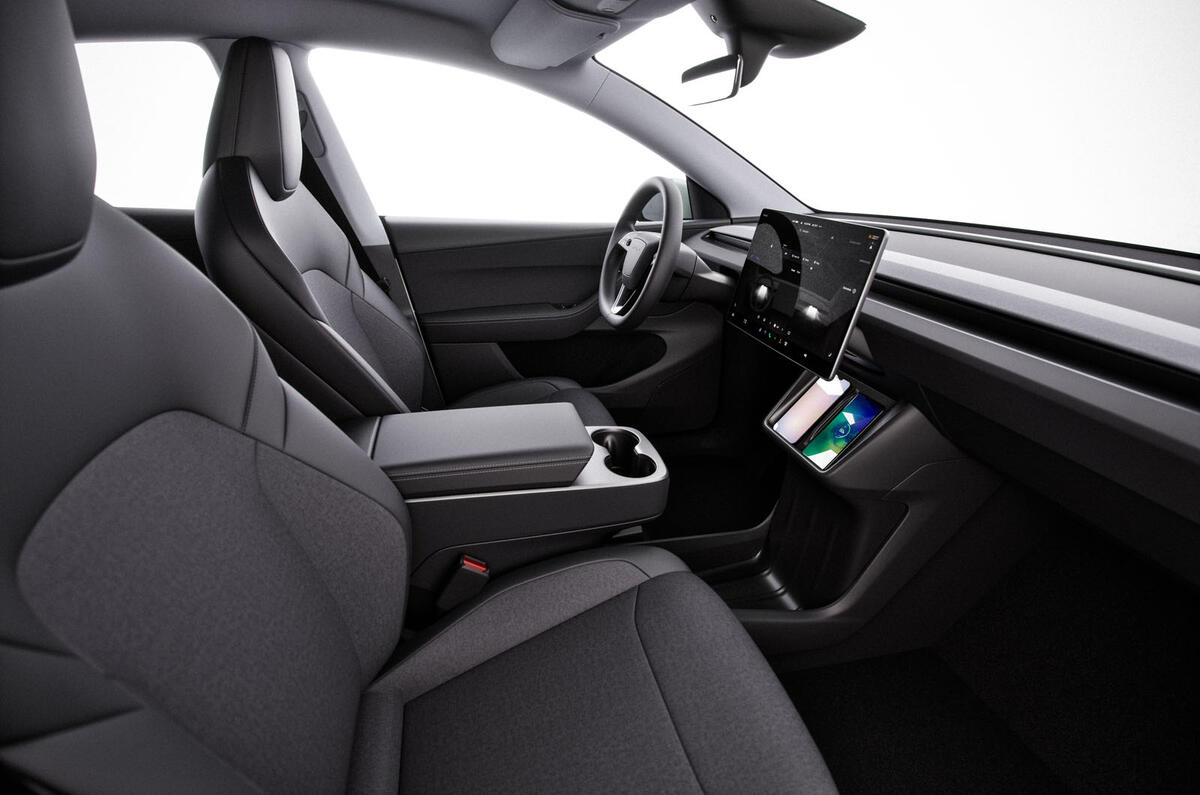
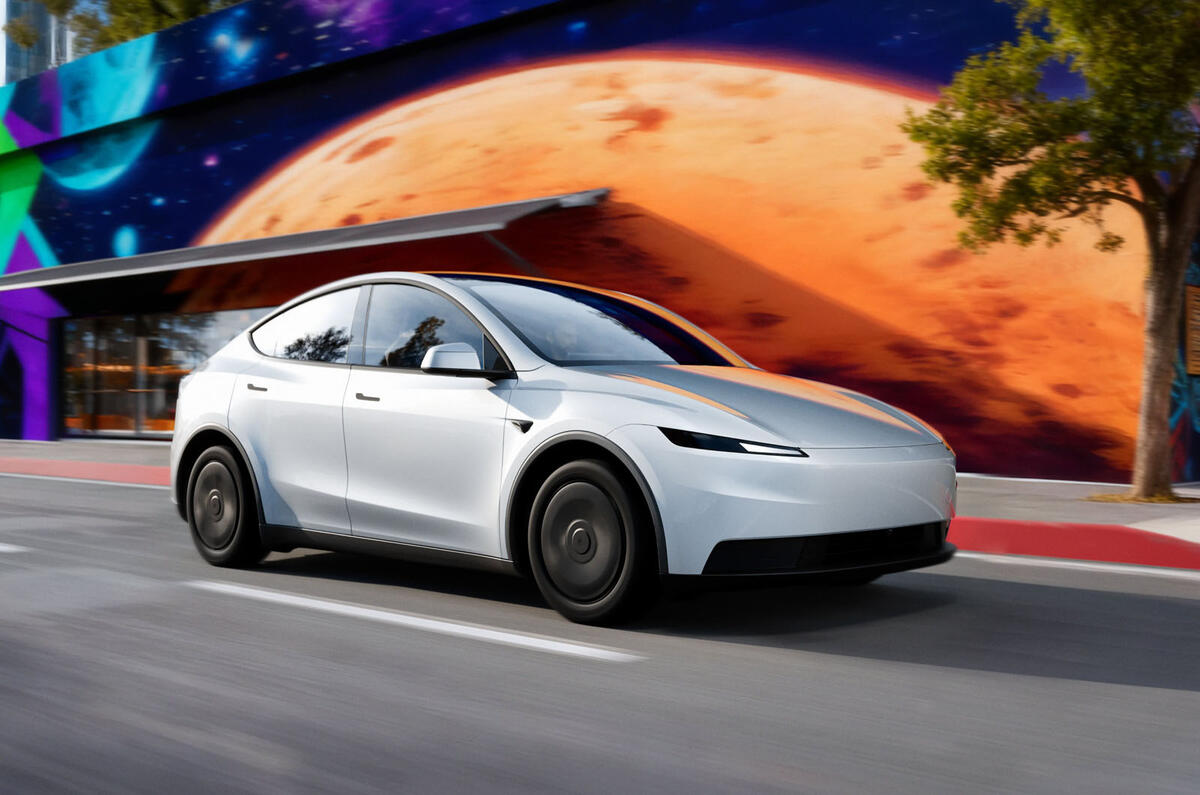
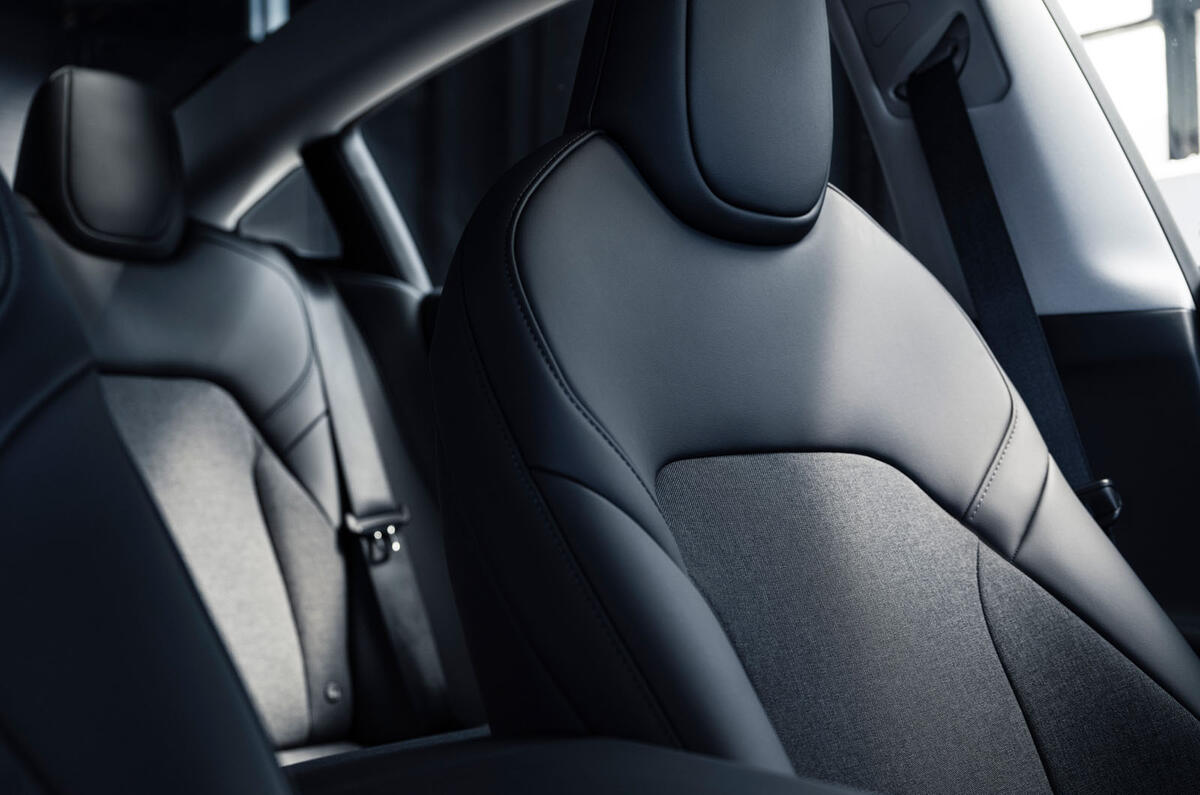
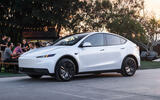
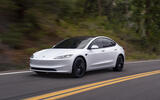
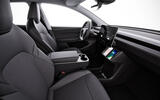
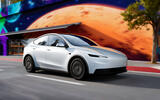
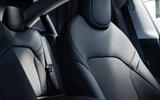






Join the debate
Add your comment
More evidence of Musk overpromising and underdelivering. As an automotive brand Tesla is rapidly becoming another Edsel
In the USA Tesla brings out a $5k cheaper version just days after the government sponsored $7500 (at point of sale) discount goes away. What a coincidence?
Both the Model 3 and Y are no longer the cutting edge cars they were once were and cars from China, France and South Korea have left Tesla trailng, factor in Musk's political actions have done more to damage the brand in the eyes in the people who are likely to buy an EV. Sales of the Cybertruck have slumped in the US and new product such as the on/off Model 2 and the Roadster is now delayed by five years from it's proposed debut in 2020. I wonder if Tesla will be the 21st Century equivalent of Kaiser-Fraser another company that threatened to revolutionize the car industry but disappeared after a decade